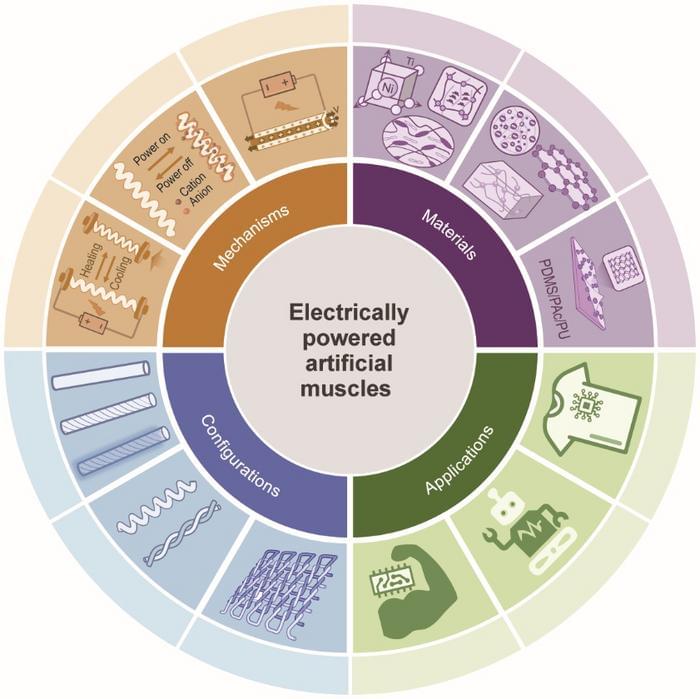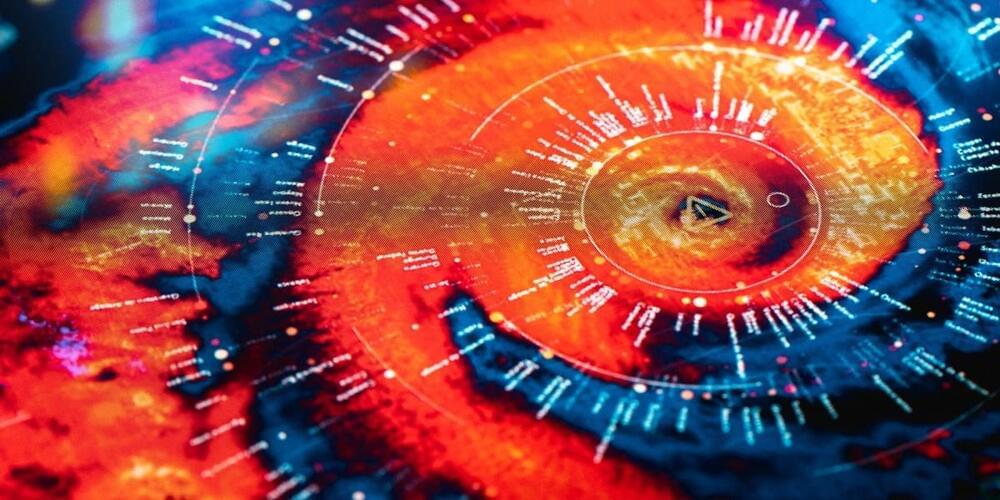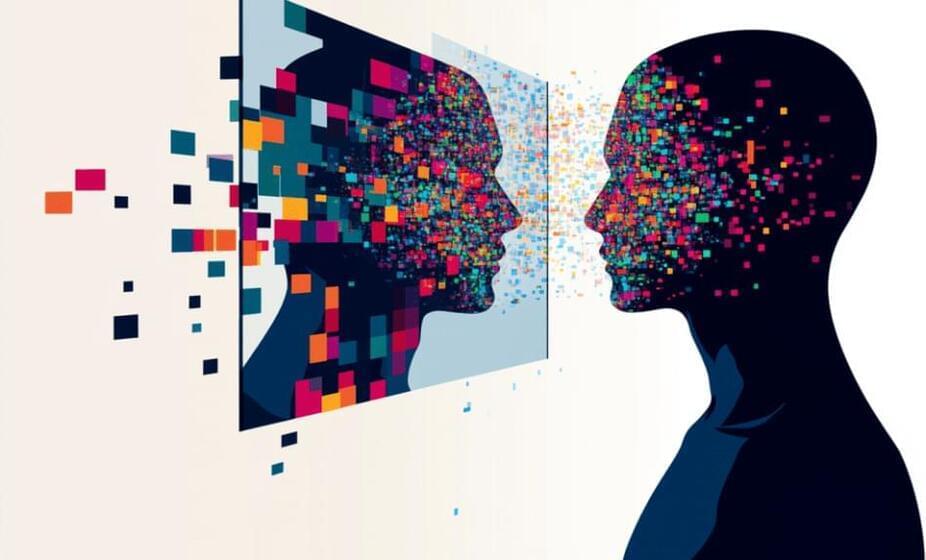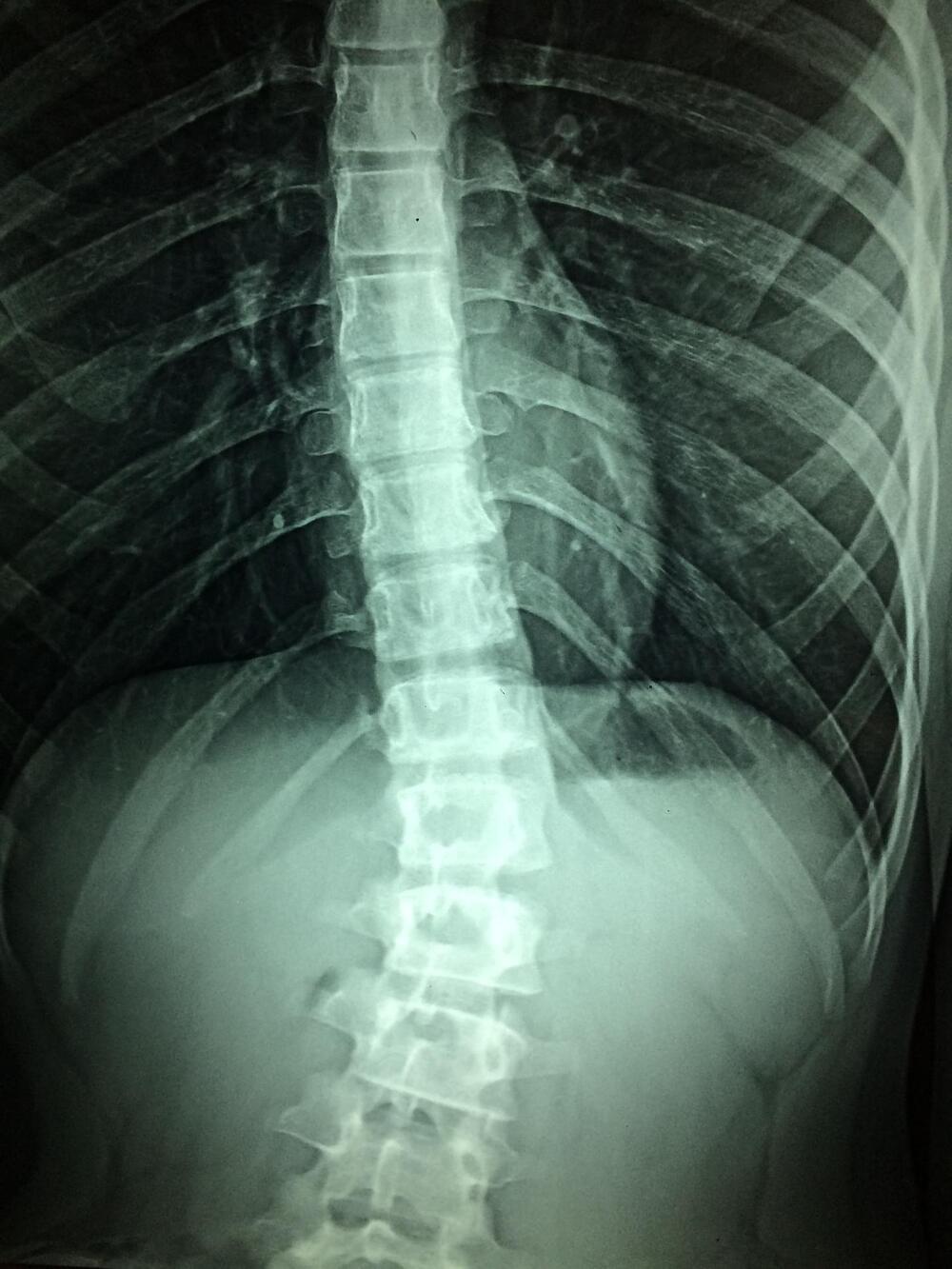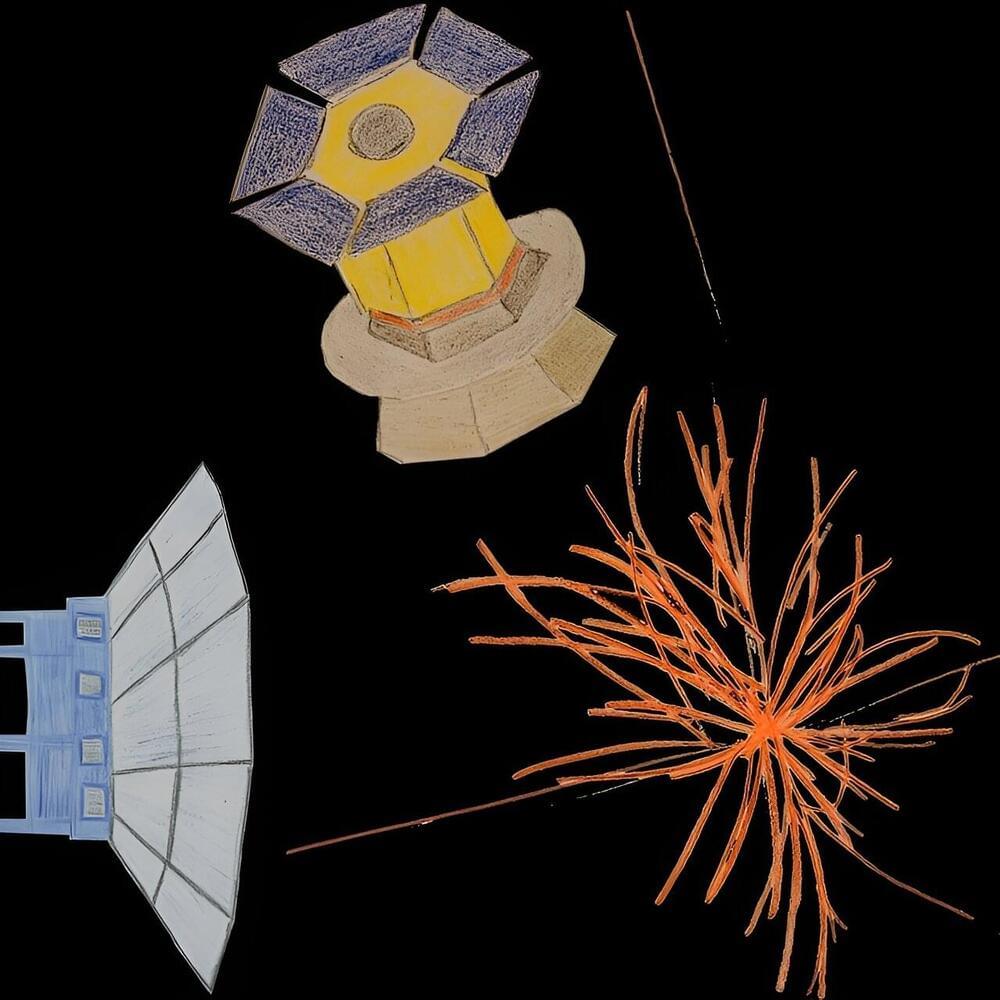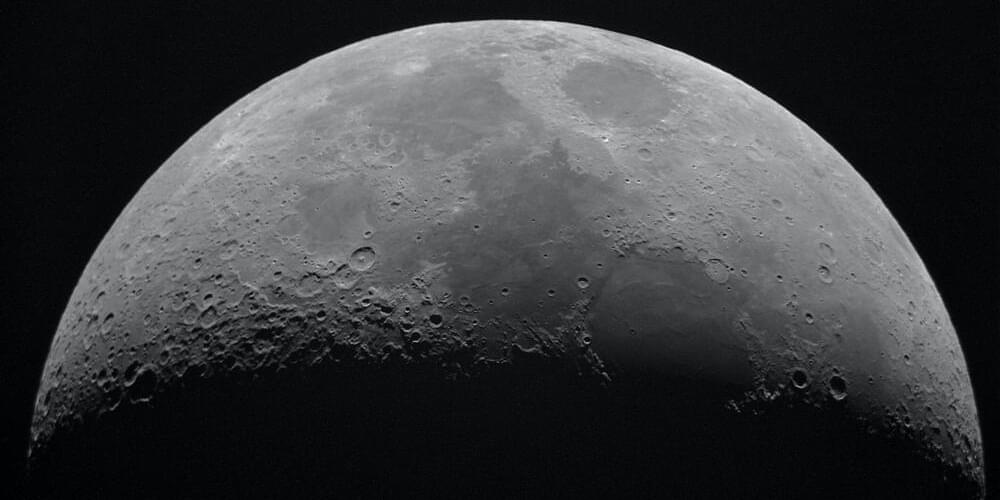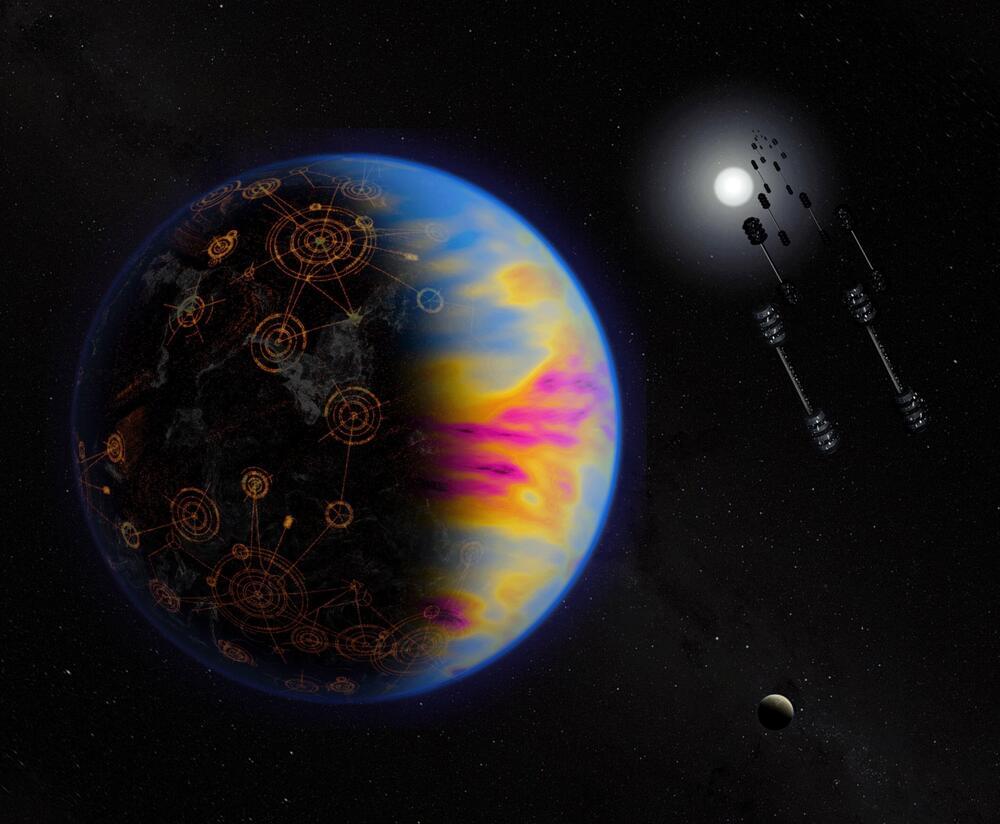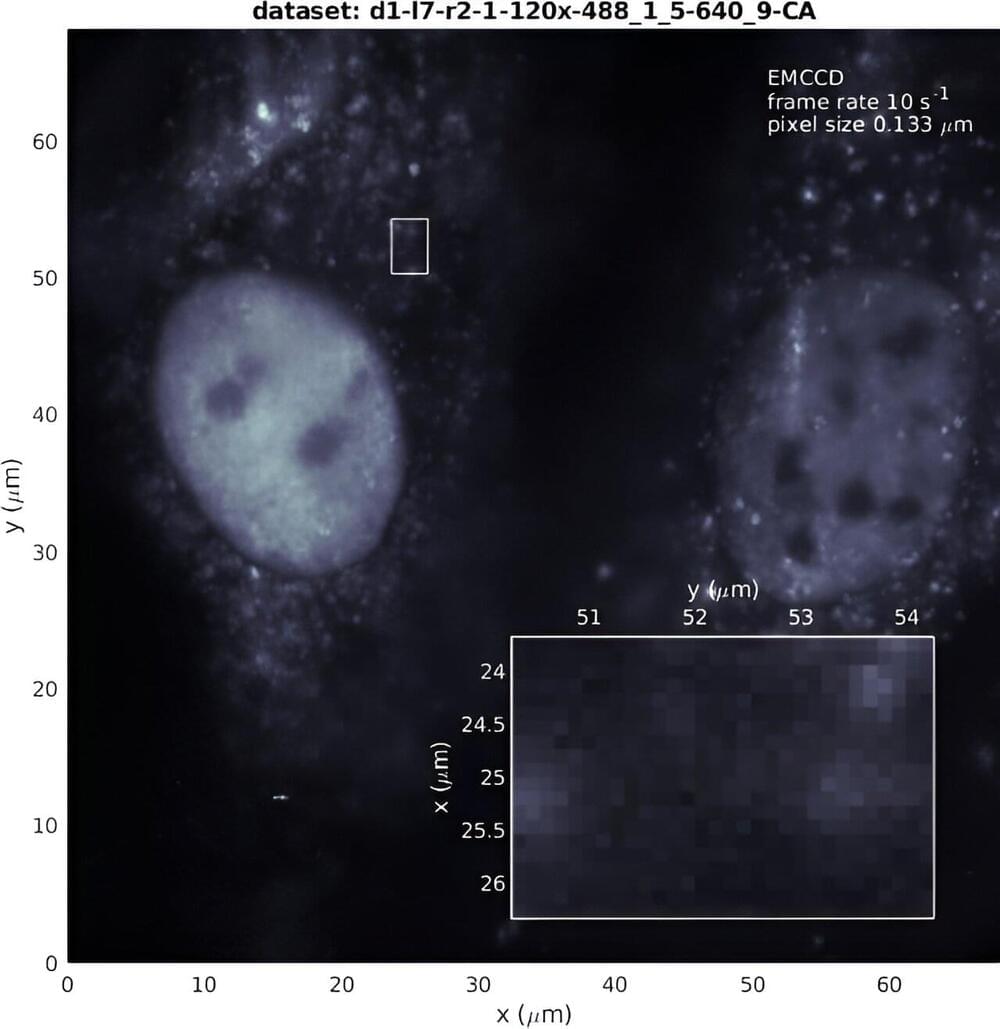Aug 3, 2024
Electrically powered artificial muscle fibers: The new power for soft actuation
Posted by Dan Kummer in categories: cyborgs, robotics/AI, wearables
Electrically powered artificial muscle fibers (EAMFs) are emerging as a revolutionary power source for advanced robotics and wearable devices. Renowned for their exceptional mechanical properties, integration flexibility, and functional versatility, EAMFs are at the forefront of cutting-edge innovation.
A recent review article on this topic was published online in the National Science Review (“Emerging Innovations in Electrically Powered Artificial Muscle Fibers”).
Schematic of electrically powered artificial muscle fibers categorized from the mechanism, material components, and configurations, as well as their application fields. (Image: Science China Press)
